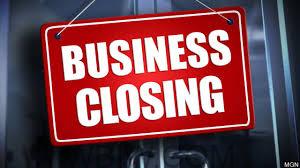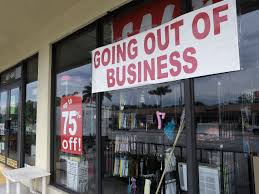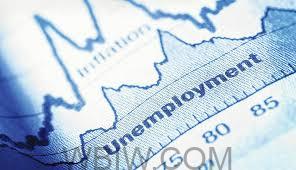
INDIANA – A new report shows that many small and mid-sized businesses in the US are struggling to survive.
Nearly 350 companies in the US filed to either liquidate or re-organize through bankruptcy in the first six months of 2024, the highest half-year level since 2010, according to data from S&P Global Market Intelligence.

Most impacted businesses are considered “consumer discretionary,” a broad category of firms that sell goods or services people don’t need daily, such as restaurants, clothing stores, and car dealerships.
Consumer demand has slowed while interest rates have been at their highest level in nearly a quarter century, squeezing businesses that rely heavily on borrowing to purchase equipment, replenish inventory, meet payroll, and expand operations, to name a few key reasons.
Inflation resumed a downward trend in the spring, but officials appear to be in lockstep, saying they need more evidence that inflation is indeed headed toward their 2% goal. In June, consumer prices didn’t rise monthly for the first time since November, according to the Fed’s favorite inflation gauge, the Personal Consumption Expenditures price index. The annual PCE inflation rate registered at 2.6% in June, down slightly from 2.7% in May.
But inflation isn’t the only thing the Fed watches as it mulls when to begin cutting interest rates. The Fed is closely watching America’s long-robust job market after it has shown signs of cooling. That comes as US consumers show signs of pulling back after years of elevated inflation and a sharp rise in interest rates, according to retailers’ latest spending data and remarks.

The unemployment rate edged higher, to 4.1%, in June, the highest rate since November 2021, though employers have continued to hire at a brisk pace. The gap between job openings and the number of unemployed people seeking work, a measure of how tight the labor market is, has narrowed markedly over the past year.
The Fed is fully aware that it is dealing with “two-sided risks”—one is inflation heating back up because the central bank cut rates too soon, and the other is the labor market weakening sharply because the Fed waited too long to cut rates. Both risks would result in consequences for Americans and the overall US economy.
America’s economic engine, consumer spending, has started to show some cracks. Sales at US retailers have consistently come in weaker than expected for the past few months. Retailers have sounded the alarm on shoppers across the income spectrum trading down for cheaper alternatives. Recent surveys of service-providing businesses in the United States have shown that this summer’s consumer demand has been tepid, starkly contrasting to last year when Americans splurged.
Put together, the recent spate of economic data helped build a case for the Fed to begin lowering borrowing costs.
Information: CNN



